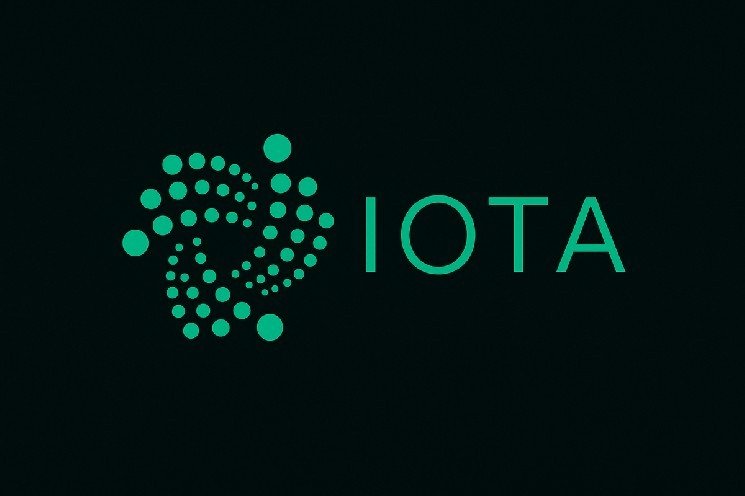- IOTA’s Twin Initiative aims to modernize the $33 trillion global trade ecosystem and replace outdated paper-based processes with decentralized blockchain infrastructure.
- The project has gained international visibility in forums like the UAE TradeTech Forum and is expected to be directly integrated with the IOTA mainnet in H2 2025.
With the Twin Initiative taking center stage, the IOTA network is preparing to change the $33 trillion global trade. IOTA is positioned to unlock one of the biggest real-world use cases of crypto by digitizing and automating the global trade ecosystem.
The Trade & Logistics Innovation Network (Twin), an IOTA co-founding initiative with over $33 trillion in global trade in 2024, was developed in collaboration with the World Economic Forum (WEF) and key international stakeholders, aimed to modernize the way goods, data and documents move across borders.
Stefan, who drives ecosystem growth at IOTA, said the trade inefficiencies born from non-jiggitized processes cost billions of dollars a year and delays the supply chain several weeks. The Twin Project will implement open, distributed infrastructure to address this, and it is expected that future announcements will be directly involved in the IOTA mainnet in the second half of 2025.
As reported in a previous article, IOTA released the Q2 report, marking a pivotal moment for the project as it accelerates efforts to modernize global trade through blockchain-based infrastructure.
The key highlight is the Twin Initiative. This has already demonstrated the real impact, reducing transaction processing time between Kenya and the UK from weeks to just minutes. This early success has left the Twin in the global spotlight, appearing at major events such as the UAE’s Tradetech Forum, demonstrating the possibility of redefine cross-border logistics.
IOTA leverages twin initiatives in real-world blockchain applications
Once the IOTA Twin Initiative has taken to the centre stage, the implementation of the project includes:
- Digital product passport.
- Verification of Green Trade Qualifications.
- Automatic customs declaration.
- Tracking physical product origin.
These innovations can reduce global trade costs by 25%, according to estimates from the World Economic Forum (WEF). This adds to reductions in emissions, waste, corruption, and other regions where existing trader systems are lacking.
Unlike most blockchains, IOTA claims that its architecture is dedicated to the scale and complexity of global commerce. As digitalization efforts accelerate, IOTA’s infrastructure could serve as the backbone of transparent, real-time, transnational trade operations.
A major announcement related to the adoption of the trade sector and the IOTA mainnet will soon be expected, showing pivotal moments for the narrative of not only IOTA but the real world utility of the blockchain industry.
As mentioned in a previous article, IOTA’s Trade and Logistics Innovation Network (Twin) aims to eliminate an outdated paper-based trading system and unleash as much as $10 trillion in economic value.


